The pollinating insects in our gardens play an important role in ecosystems and are vital for increasing the production of fruiting plants. So, whether it's bees making honey or hoverfly larvae eating aphids, these insects are worth looking after.
By planting a variety of different pollinator-friendly flowers, we can provide nectar and pollen for the widest range of pollinators possible. (These plants can even provide caterpillar food too!)
Which plants are bee-friendly?
There are so many plants that give our pollinators a little helping hand in our gardens. But it’s often hard to know where to start. Recent research from the RHS has found that the best approach is to plant a mix of native and non-native plants.
When choosing your plants, don’t let a lack of space put you off. Because what you may lack in space, can be made up for in the variety of flowers planted.
Here is our round-up of some of the best bee-friendly plants in the UK:
Cornflower (Centaurea)
The Blue Cornflower was once a familiar weed amongst cereal crops. That was until new methods of cultivation, and then the arrival of more effective weed killers took this sparkling colour from our summer fields.
In gardens, though, Cornflowers are astonishingly productive plants. The recently introduced Classic Fantastic in blues and purples, and the Classic Magic in purples and mauves are especially pretty. Cornflowers produce relatively little pollen, but huge quantities of nectar. Spring is the time to sow them.
Cosmos (Cosmos)
Cosmos flowers are high on the list of the best pollen producers and, coupled with their long flowering season, are a superb resource for pollinators. For nectar production, Cosmos are almost at the top of the list. That combination of a generous offering of both pollen and nectar is invaluable – especially as they can flower from June into the autumn if the plants are dead-headed.
Set aside the double-flowered varieties and those with tubular petals as these flowers are less easy for bees to visit. Instead, choose single-flowered varieties that are also tall, bushy and productive plants. So take a look at Colour Mix and the exceptionally pretty Candy Stripe.
Helianthus (Sunflower)
Sunflowers are generous producers of both nectar and pollen. Interestingly, honeybees mostly collect nectar from sunflowers, yet wild bees mostly gather pollen.
All the pollen and nectar are produced in the central disk of the flowers. So, whilst older varieties like Giant Single have huge disks, mature plants may only produce one flower at the top of the stems.
Instead, look for varieties whose branches carry far more flowers, even if, individually, they’re smaller. Soleo is a good choice, as is the compact Little Leo, an ideal choice for smaller spaces or containers.
Some sunflower varieties have almost no central disk at all and so varieties such as Teddy Bear and the taller Sun King - impressive though they are - should probably be set aside if pollinators are your priority.
Eschscholzia (California poppy)
California poppies have orange flowers and if you enjoy the original wild type then look out for Golden Values. As with Cosmos and Sunflowers, it’s the simple single-flowered California poppies that pollinators like best as they have easy access without too many extra petals getting in the way.
However, Appleblossom is such a lovely combination of pink and cream, that we’re often happy to use them regardless of their semi-double flowers. This plant also does well standing at the front of a sunny border.
Lavatera (Annual Mallow)
Lavatera produces nectar and pollen in generous quantities. It's also an easy annual to raise from seed sown outside in March.
Parade Mixed with its flared, pink and white flowers – some with very attractive dark veins – grows strongly and develops a long succession of elegant trumpets. They look good between shrub roses or amongst perennials, and they also make good cut flowers. It’s best to cut Lavatera when the first buds on the stem have just started to unfurl.
Limnanthes (Poached Egg Plant)
Our poached eggs never turn out quite as perfectly symmetrical as this flower. Its bright yellow-and-white flowers would be valuable in the garden even without its appeal to pollinators.
Limnanthes is one of the few annuals that do well in damp soil, so in many gardens this is enough of a recommendation. But it doesn’t demand damp soil, only conditions that never become parched. It also self-sows throughout a garden. with seedlings popping up in the cooler, wetter corners.
Nigella (Love in a Mist; Black Caraway)
Nigellas are unexpectedly valuable because they have an adaptation at the base of their flowers to protect the nectar from bad weather, which can lessen pollen’s viability. The result is that nectar is always available to pollinators
Wild species such as Black Caraway or Black Cumin have five or more petals. These are placed in such a way that they never seem to prevent pollinators from visiting. So the old favourite Miss Jekyll, is just as valuable for pollinators as its wild counterparts.
Phacelia
Phacelia tanacetifolia is often sold to gardeners as “green manure” and is grown by farmers for the same reason. It's also a superb plant for bees as it has a long flowering period. For this reason, it can often be found planted in vineyards and around crops that need pollination because it’s such a good attractant.
But it’s also a very attractive hardy annual and if sown in the autumn, it overwinters well even if hit by frosts. Their fiddle shaped flower heads unfurl in the same way as Forget-Me-Nots in delightful blue shades.
Borago Officinalis (Borage)
The starry blue flowers of Borage are always a delight, unrolling from their curled-over flower heads, also much like giant Forget-Me-Nots. They soon develop large paddle-shaped leaves, so need serious thinning out to allow space for them to mature into the most prolific plants.
Borage is an especially good bee plant because the flowers replenish their nectar supply every two minutes so there’s usually a constant supply.
These plants do self-sow, but the seedlings need watching as their foliage can smother less vigorous neighbours. Not only do bees love it, but if you snip off the individual flowers and freeze one in each cell of an ice cube tray – you have a sparkling addition to cool summer drinks.
Calendula (English Marigold)
Calendulas have enjoyed quite a resurgence in recent years, with new bi-colours and peachy tones - that were first seen across the Atlantic - being developed for gardeners in Europe.
The varieties to pick are not the wild single-flowered ones, because these flowers are not especially long-lasting. The double-flowered options also aren’t great for bees because it can be difficult to penetrate the petals and reach the pollen.
Instead, choose semi-double varieties with extra rows of petals and with a clearly visible eye (which is where the pollen is found). We suggest Funky Stuff, Daisy Mixed and Sunset Buff.
Echium (Blue Bedder)
Echium vulgare is one of nature’s finest flowers for pollinating insects. It’s also a super easy plant to grow, especially in poor soils and with plenty of sunlight.
This neater version of the wild Viper Bugloss produces an abundance of nectar and can be seen teeming with bees and other insects all summer long. Due to its short height and multiple branches, it’s more pollinator-friendly than the native Viper Bugloss.
Which bee-friendly plants will you grow?
Helping out the pollinators in our gardens is something many of us are interested in, and as mentioned, variety is the key here, not quantity.
Late March is the prime time for sowing seeds of hardy annuals outside, but sowing in autumn can also reap great results. All our plants have detailed sowing information, so be sure to check this out for the best results.
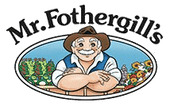
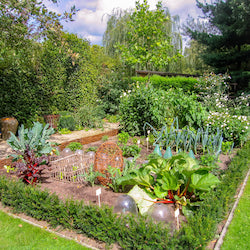
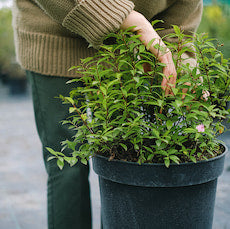
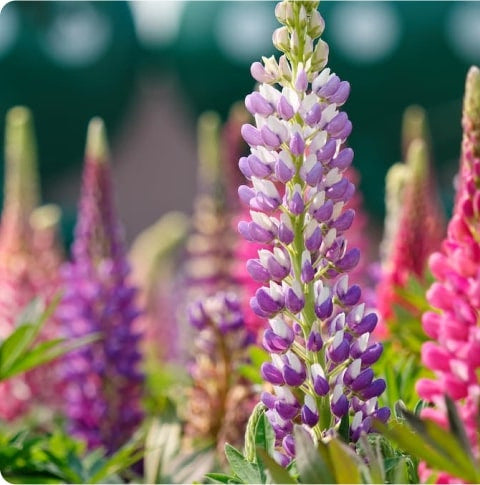

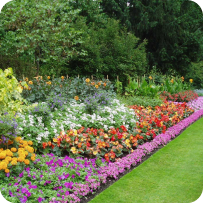
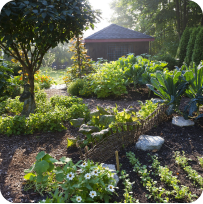
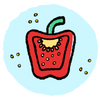
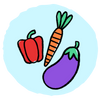

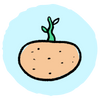

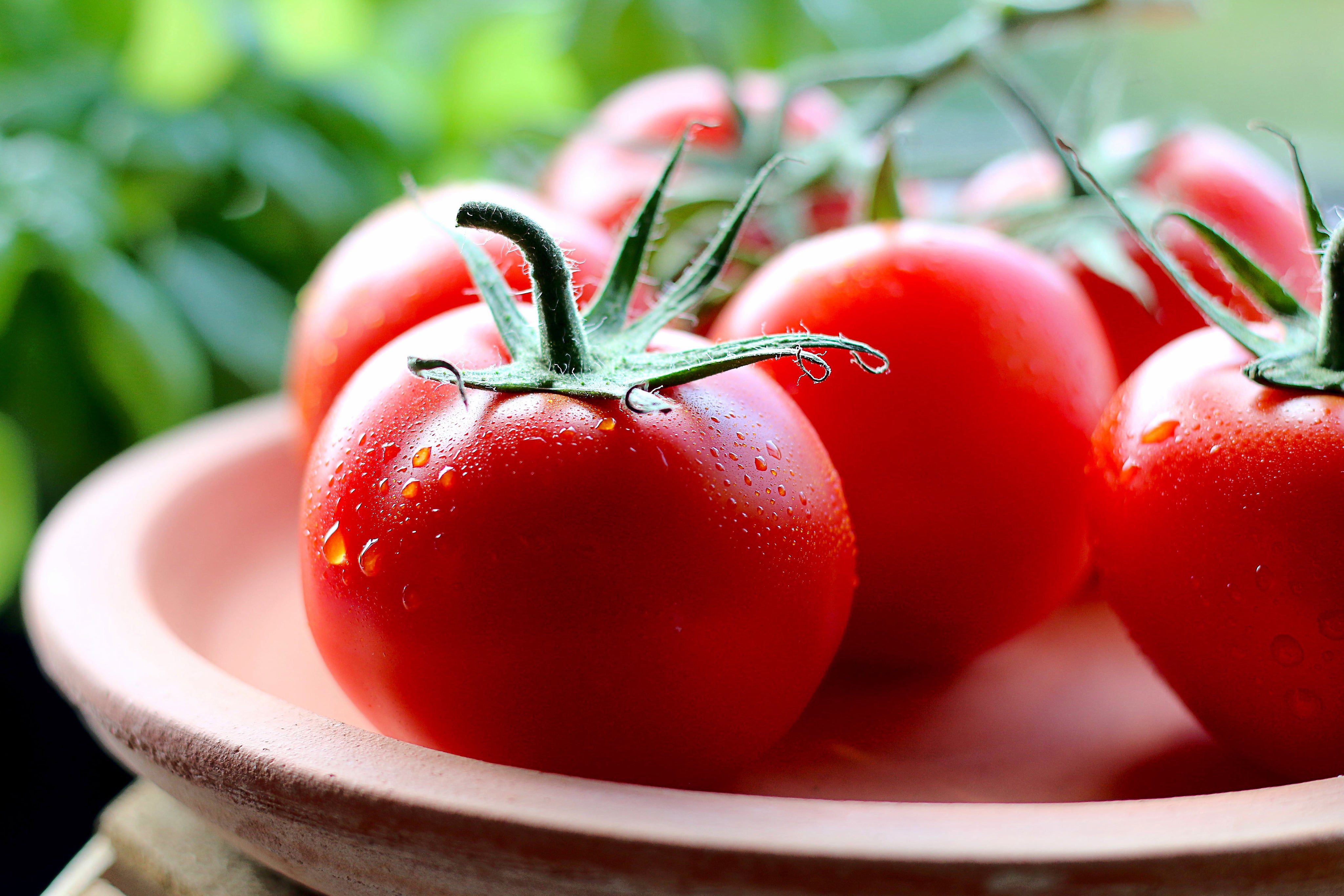

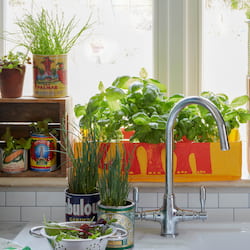
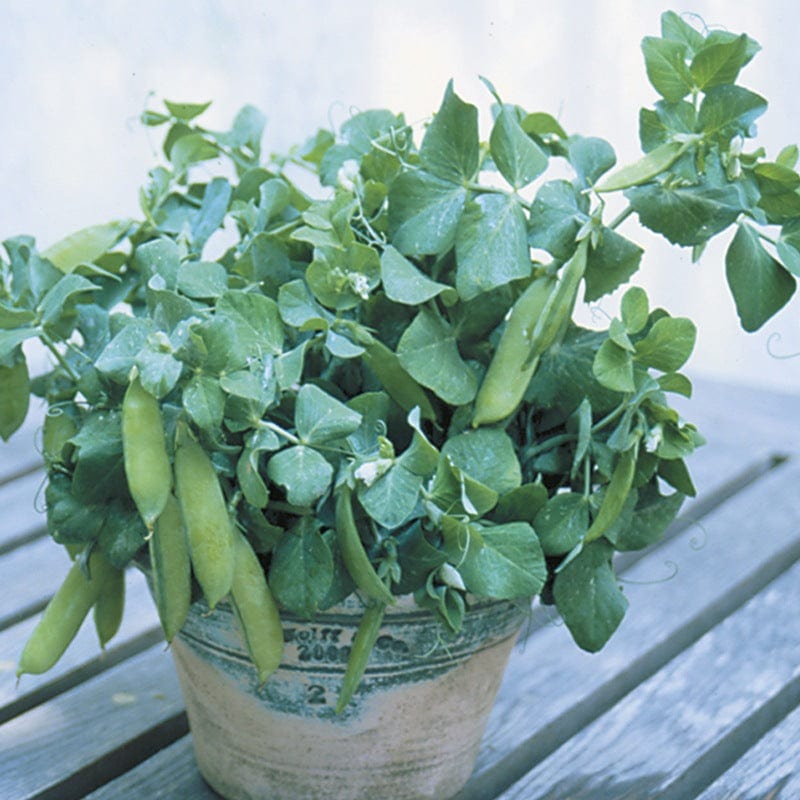
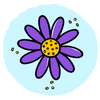
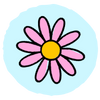
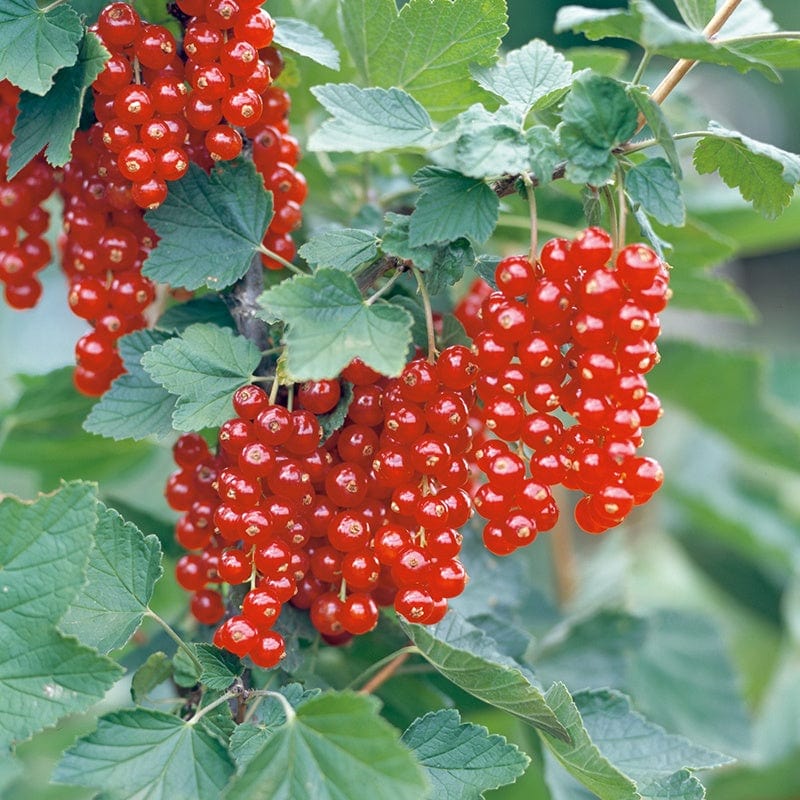
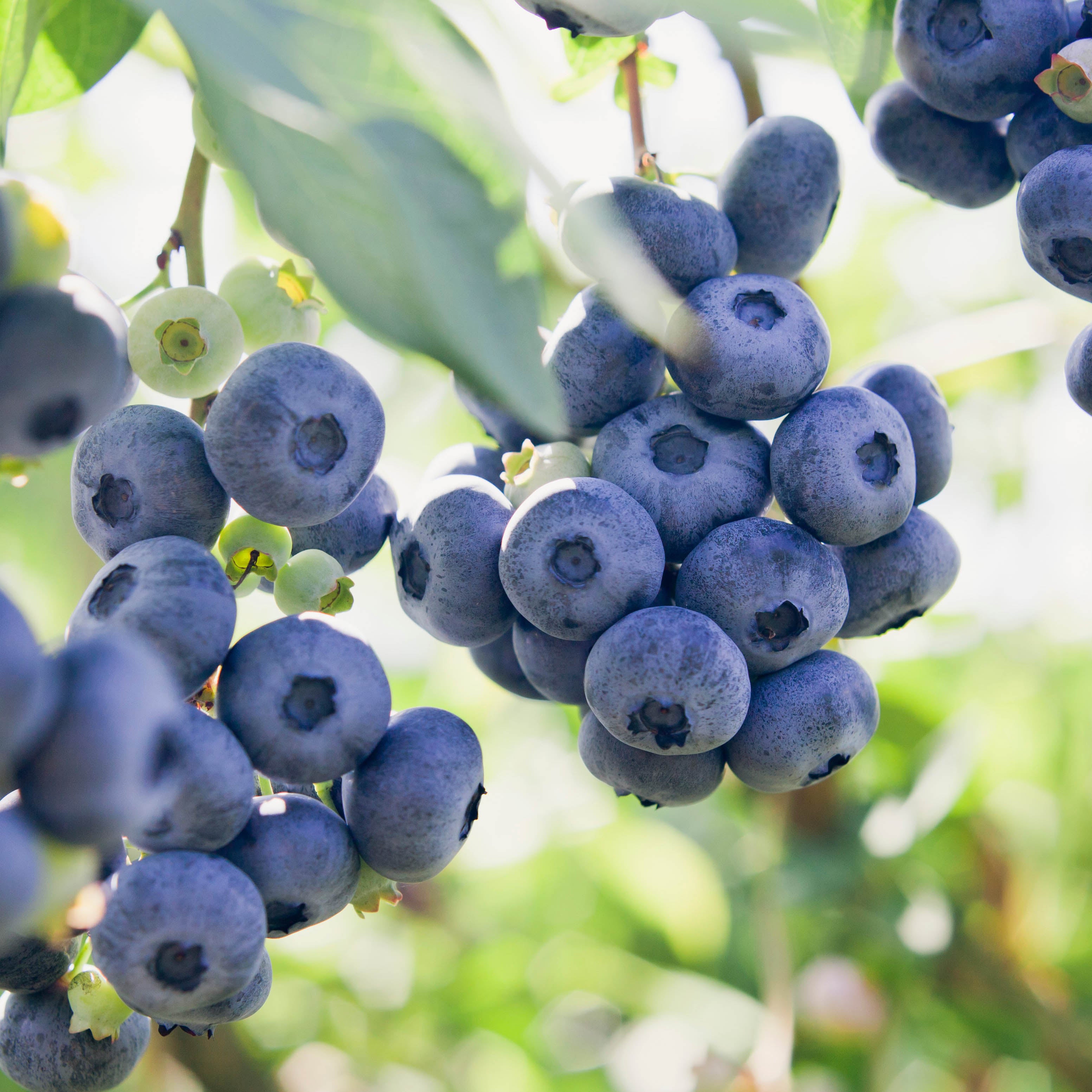
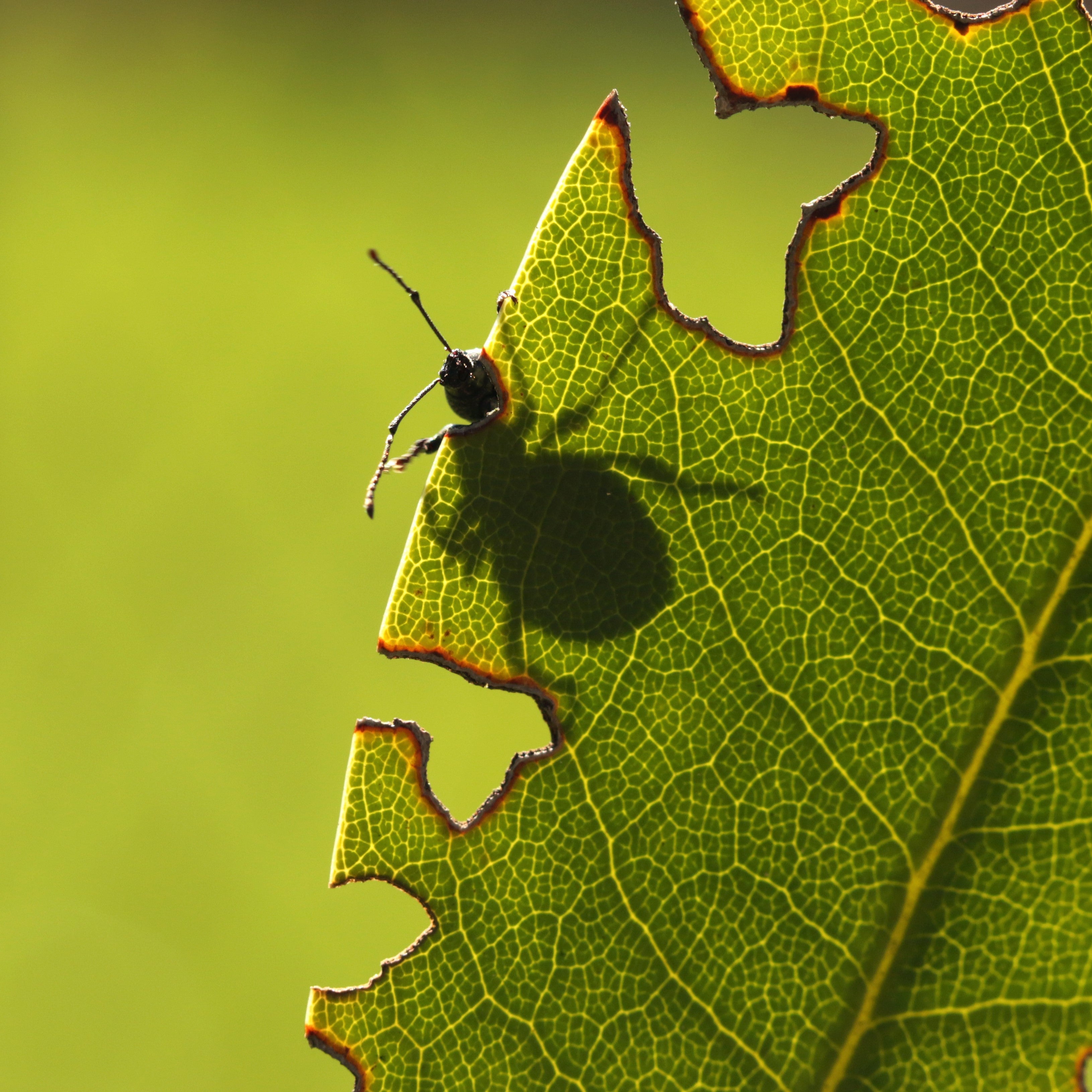

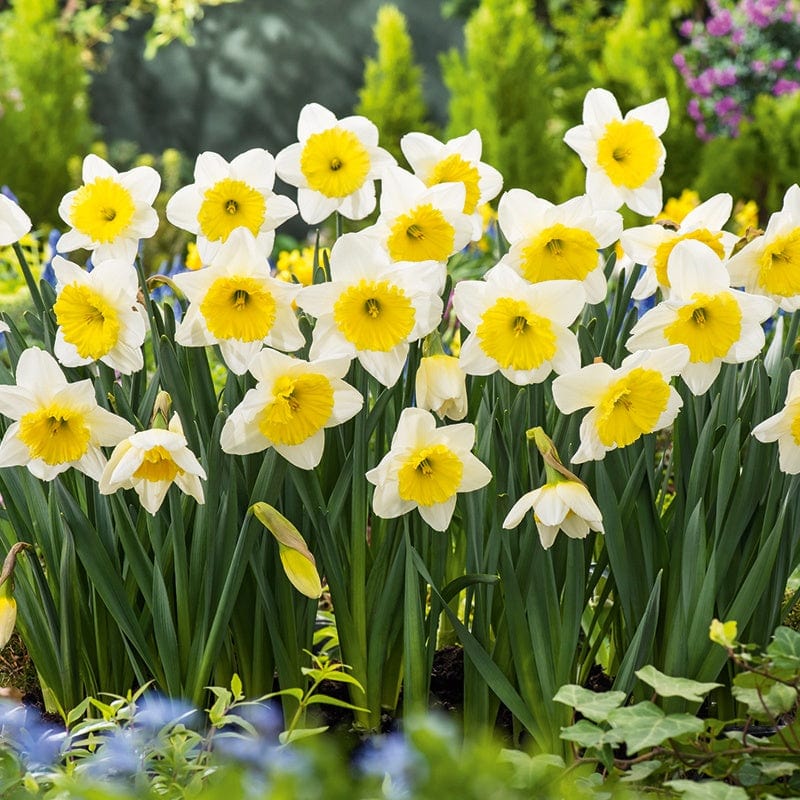
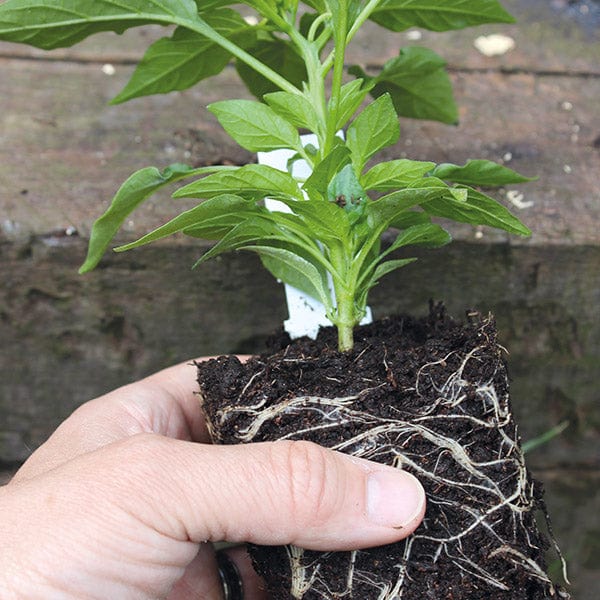
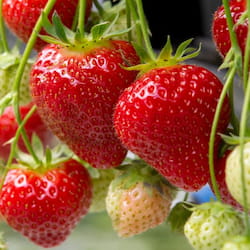


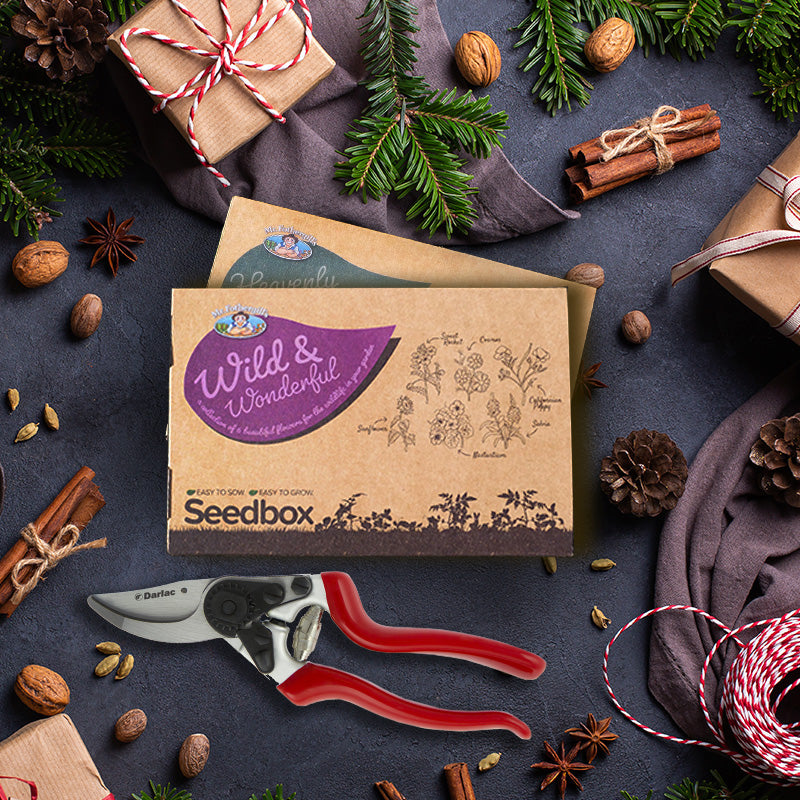
Leave a comment
All comments are moderated before being published.
This site is protected by reCAPTCHA and the Google Privacy Policy and Terms of Service apply.